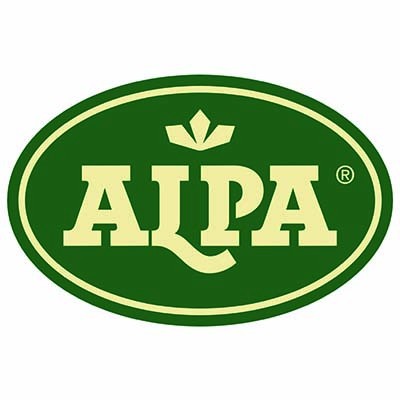Sugar shortage isn’t causing spike in Halloween candy prices: Wells Fargo analyst
Despite a constrained global supply of the crop, experts don’t believe it will affect sweets makers in the U.S. ahead of the holidays.
Amid a global sugar shortage and record high global prices for the crop this year, industry analysts speculated that the price of Halloween candy could spike as the fall approached. David Branch, senior vice president of Wells Fargo’s Agri-Food Institute, told Food Dive the crop is not causing increased costs for treats, but other factors could be behind the surge.
Halloween candy sales are projected to reach $3.6 billion this year, a 16.1% increase over last year’s $3.1 billion haul, according to National Retail Federation data obtained by Food Dive.
The increased price of sugar has led industry analysts to project heightened prices of candy this year. Costs of the crop have spiked globally since the start of 2023, amid a shortage caused by weather patterns making the climate more dry, particularly in growing regions of India and Thailand. But most of the sugar used in American-made candy is sourced domestically, as federal agriculture policy requires that 85% of sugar purchases come from producers within the U.S.
According to U.S. Department of Agriculture data, the global price of white refined sugar was 32 cents per pound in September, a 35% year-over-year increase from 24 cents last year. But Branch pointed to the U.S. supply of sugar currently being higher than it was in the 2020-2021 growing season, with 300,000 pounds of available supply, according to a USDA report from September.
One reason Branch believes sugar costs will not be the cause of consumers paying more for Reese’s cups and Snickers bars is because U.S. prices of the crop are not necessarily tied to global prices.
“The U.S. has its internal price mechanisms for raw and refined sugar sales,” Branch said. “The global sugar market is closed, it’s not an open, free market. Every major sugar-producing country has their own programs that limit exports and imports and impose tariffs.”
The retail price of sugar and other sweeteners increased 6.5% over the past year, and notched up 0.3% in September compared to the previous month, according to the most recent Consumer Price Index report released by the U.S. Bureau of Labor Statistics. Candy and chewing gum saw 7.5% price increases over the past year, which Branch said indicates the sugar price situation is not having a significant impact on the cost of sweets.
Cash-strapped consumers may actually buy less candy this year, according to Branch.
 Pages you might like
Pages you might like








 Latest information
Latest information
 Follow official account
Follow official account
 Online support
Online support
 鄂ICP备2022017323号
鄂ICP备2022017323号
 鄂公网安备 42018502006493
鄂公网安备 42018502006493
 Launch Exhibition
Launch Exhibition
 Release information
Release information



 Today's topic
Today's topic

















